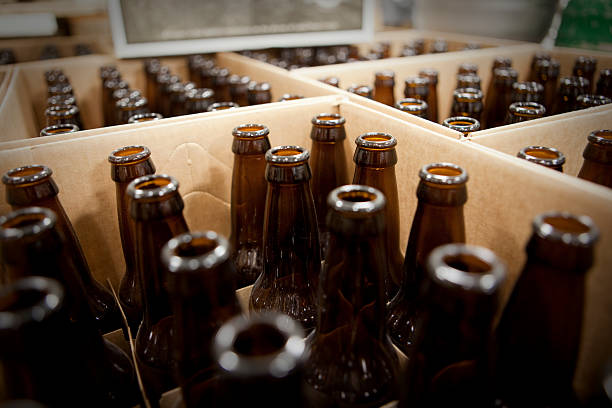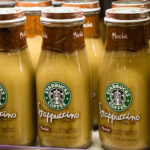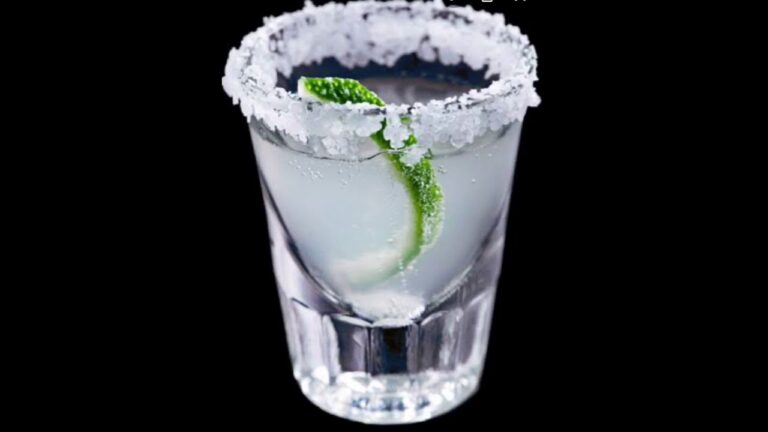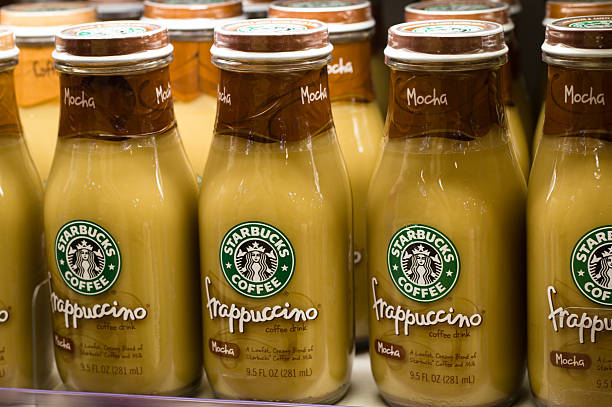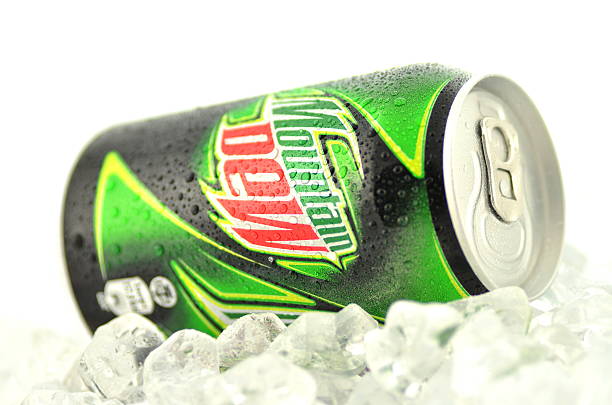How Many Beers In A Case? Helpful Guides & Comparison
When embarking on the seemingly simple quest to determine how many beers in a case, one might quickly discover that this question unfolds a rich tapestry of brewing tradition, cultural variances, and industry standards that are anything but straightforward. At first glance, the answer appears to hinge on simple arithmetic, yet it delves into the fascinating interplay between historical practices and modern consumer preferences that shape how beer is packaged and sold across the globe. This article aims to not only provide a definitive answer to the question at hand but also to enrich your understanding of the beer industry’s complexities and the cultural significance behind the numbers.
Our exploration is meticulously crafted for both casual beer enthusiasts and seasoned aficionados. We peel back the layers of history to reveal why certain numbers have become standard in specific regions, how legal regulations and economic factors influence packaging, and what innovations are changing the way we think about beer cases today. Whether you’re planning a gathering, stocking up your home bar, or simply nurturing a curiosity about the beverage that has been a staple of human civilization for thousands of years, this article promises insights that are both enlightening and practical.
By navigating through the nuances of beer packaging, from the standard 24-bottle case in the United States to the less common but equally intriguing formats found elsewhere, we invite you to join us on a journey that transcends the mere counting of bottles or cans. This article not only answers the titular question but also serves as a testament to the enduring relationship between mankind and beer, a beverage that has quenched our thirst, facilitated our celebrations, and fostered community since time immemorial. So, pour yourself a glass, and let’s delve into the fascinating world of beer by the case – an exploration that promises to be as refreshing and diverse as the drink itself.
Contents
Standard and Regional Variations in Case Sizes
In most parts of the world, the standard case size is 24 beers. This applies to both glass bottles and aluminum cans. Twenty-four packs allow for easy storage, transport, and consumption at gatherings or events. They also enable breweries to maximize efficiency when packaging their beer.
However, some exceptions to the 24-pack rule occur based on regional norms or standards. For example, in parts of Europe, especially the UK, 20-pack cases are common. Belgian beer cases may contain 20 to 24 bottles. The German beer crate holds 20 0.5 liter bottles. So in certain countries, focusing on 20 beers per case is typical.
Outside of Europe, most other regions follow the 24-pack standard. Brands produce 24-pack cases of various bottle and can sizes to meet consumer demand across North America, Australia, Africa, South America, and Asia. But specialty case sizes always exist, especially for craft beers and imports. Checking the label provides the exact quantity.
Factors That Influence Case Sizes
Several key factors impact the number of beers per case across styles and brands:
- Specialty Beers: For large format or high ABV beers, cases may contain less than 24. Belgian ales in 25 oz bottles or American craft beers like 64 oz growlers often come in 12 or 6-pack cases. This compensates for their bigger bottle size.
- Convenience and Cost: At the opposite end, major domestic brands offer 30-pack cases or even 36 or 48-packs to maximize value. But smaller 6 or 12-packs work well for easier transport or trying new styles.
- Craft Beer Variety: To enable tasting different beers, craft breweries avoid huge cases. Variety 4/6/12-packs are popular. Or mix your own case with single bottles.
- Brand Variations: Some brands have different case sizes for the same beer. Like Heineken sells 24-pack cases of 12 oz bottles but also 16 oz cans in 18 or 15-packs. This highlights brand differences.
So specialty beers in big bottles or affordable bulk packs for mega events lead to cases with less or more than 24 beers. But craft beer drinkers love variety packs. Pay attention to the label for the exact quantity.
Beyond the Standard Case: Other Beer Packaging Options
In addition to traditional 24-packs, various other beer packaging options exist:
- Beer Packs: Come in many quantities from 4-packs to 36-packs. Great for trying new flavors.
- Beer Racks: Reusable plastic cases that hold 24 loose cans or bottles. Allow self-packaging your favorites.
- Kegs: Standard keg sizes of quarter, half, and full hold around 50, 125, and 250 beers. For parties.
Here’s a quick comparison:
| Package | Quantity | Benefits |
| Case | 24 beers |
Standard for gatherings
|
| Pack | 4-36 beers | Promote variety |
| Rack | 24 beers |
Customize your pack
|
| Keg | 50-250 beers |
Large events/parties
|
So while 24-pack cases are the norm, other formats like beer packs satisfy different needs.
Comparing Cases versus Kegs for Beer Storage and Serving

When choosing how to buy and store large amounts of beer, two great options are traditional cases or kegs:
- Cases: More portable and modular. Take what you need and store the rest. Individual bottles/cans.
- Kegs: Huge capacity, up to 165 pints. Require taps for dispensing. Shared community tap.
Cases suit everyday drinking with buddies. Grab a 6-pack or buy a case. Their portability and modularity make them very convenient.
But for one-time big events like parties or weddings, kegs are king. Their large capacity keeps the beer flowing. The shared tap creates a fun convivial atmosphere.
So consider your situation. Cases dispense beer on individual level. Kegs create large-scale communal drinking experience.
Considerations When Buying Beer in Case Quantities
Several factors go into choosing what type of beer to buy in case sizes:
- Brand and Style: Buy your regular go-to brand, like a case of Bud Light. Or explore variety packs to try new craft beers and styles. Seek local breweries.
- Bottle and Can Size: Select standard 12 oz bottles or cans or go bigger with 16 oz tallboys or 20 oz imperial pints. Oversize bottles mean fewer beers per case.
- Packaging Material: Reusable plastic racks or cardboard cases. What are the recycling options in your area? Think sustainability.
- Price: Check cost per ounce or per beer. Bulk value cases can save money but limit variety. Specialty beers cost more.
- Usage Occasion: Tailgate needs 30-rack value cases. Holiday gift? Go for a specialty seasonal variety pack.
With an amazing range of beer brands, styles, flavors, and packaging available, the possibilities are endless. Shop smart and enjoy responsibly.
Conclusion
When exploring the question “how many beers are in a case?” the global standard is 24. This applies to 12 oz bottles and cans from mainstream domestic and import brands. However, fluctuations exist based on region, bottle size, beer style, and brand approaches. Smaller specialty cases allow trial of craft beers. Big value packs provide savings. So check the label closely when buying beer by the case to know exactly what quantity you get. Cases provide great storage, portability and serving options. But for big crowds, kegs are the way to go. Ultimately, assess your needs and preferences, and always drink responsibly.
https://bamboowokmanvel.com/food-drink/beverages/
Harmony Saunders is the CEO and founder of Bamboo Wok, a family-owned and operated Chinese restaurant that has been serving the Manvel, Rosharon, and Alvin communities for more than nine years. Our delicious dishes are made from scratch with the best ingredients, vegetables are fresh cut daily in our kitchen, and poultry is delivered every two days.
So whether you’re craving Chinese food for the family or need catering for your next event, please give us a try! We know you won’t be disappointed with our fresh, authentic Asian fare.

